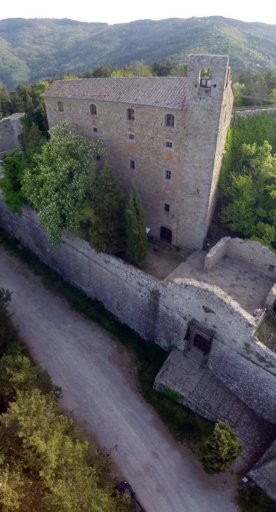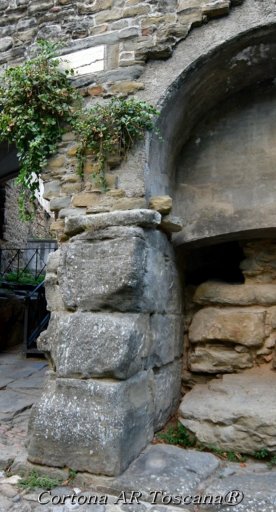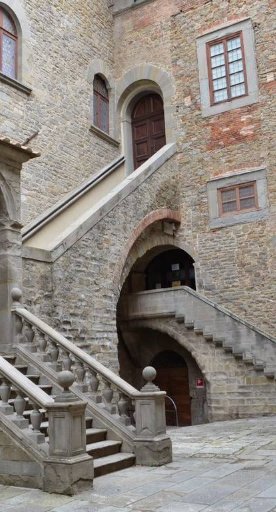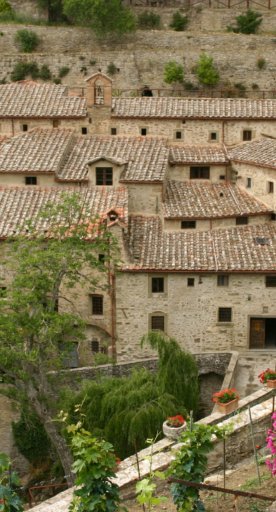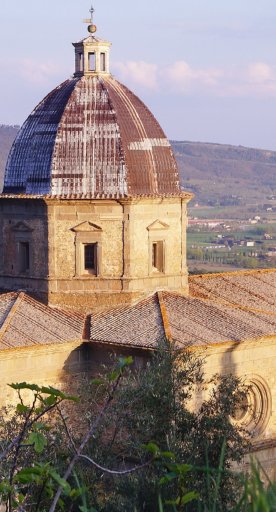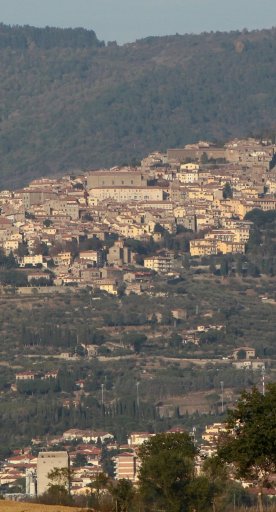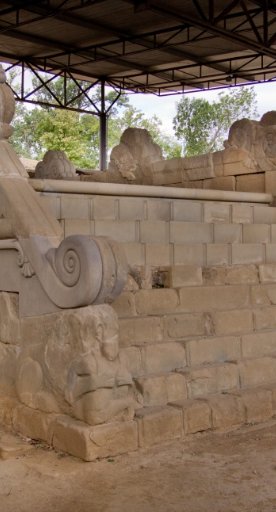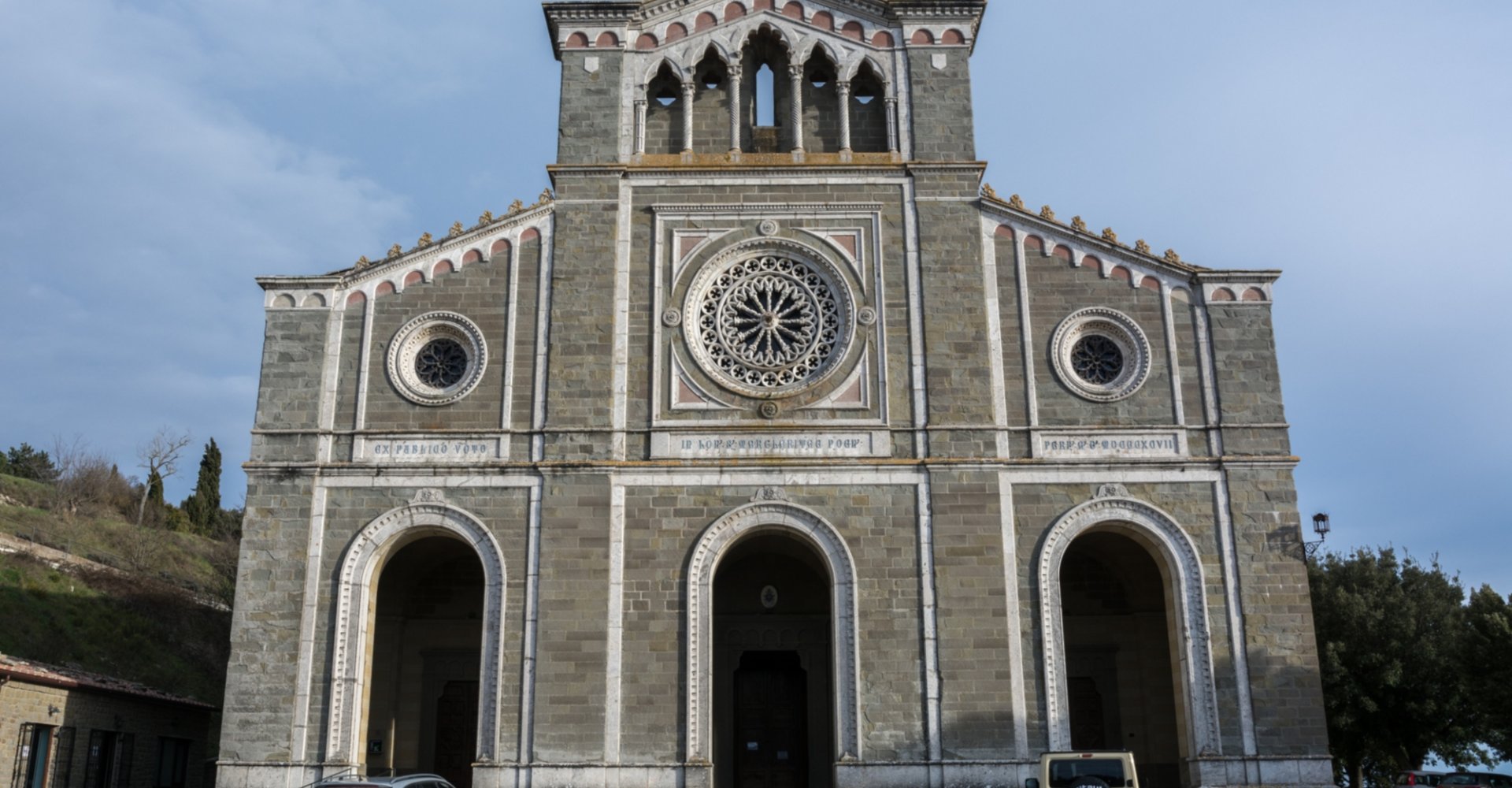
Basilica of Santa Margherita in Cortona
A 14th-century church adorned in Baroque style: the Basilica of Santa Margherita stands in a panoramic position overlooking the village and countryside of Cortona
The Basilica of Santa Margherita stands at the edge of Cortona's historic town enter, in an elevated position and a short distance from the Girifalco Fortress. The church dates back to the 14th century, but its current appearance is due to the numerous works that affected the structure, especially in the 19th century.
The basilica is dedicated to the patron saint of the village and stands where the small Camaldolese church of San Basilio once stood. Damaged during the 13th century, the small church was restored by Santa Margherita herself, who retired there in prayer and where she spent the last years of her life. After her death in 1297, a new church dedicated to the saint was erected next to San Basilio's, where the body was transferred. The construction work followed the design of Giovanni Pisano and took place in a few years.
In later centuries, particularly between the 18th and 19th centuries, the church underwent expansions and alterations: two naves were added to the original structure, giving it the typical basilica layout, the facade was redone, and the interior decorations embellished in Baroque style.
Traces of the early core of the church remain today in the 14th-century rose window, bell tower, and some cross vaults. The few traces of medieval frescoes of the school of Siena are preserved in the Diocesan Museum (Museo Diocesano) in Cortona, and it is known that the original paintings included a mural cycle of 21 watercolor scenes, attributed to the Lorenzetti family.
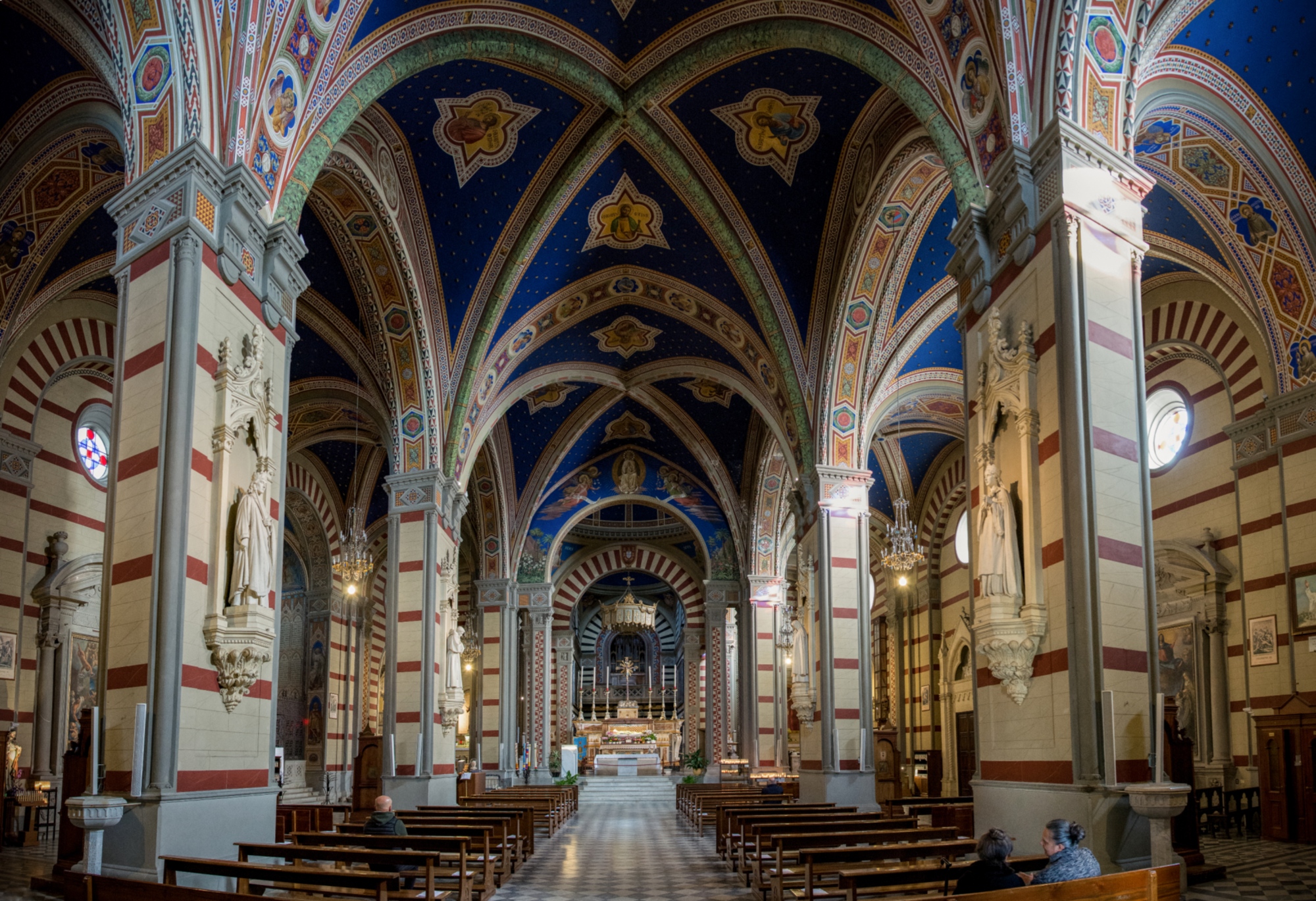
The exterior of the church now has three doorways and the medieval rose window, surmounted by a small colonnade. Inside, Gothic and Romanesque influences are juxtaposed by the bright colors of the Baroque style, and four plaster statues depicting San Francesco, San Ludovico, Santa Elisabetta and Santa Chiara, by Giovanni and Amalia Dupré, are arranged on the nave columns.
Above the high altar, an urn contained in a chiseled silver frame preserves the body of Santa Margherita, originally placed in the left transept: here it is possible to admire the funeral monument sculpted in the 14th century, which recalls in style the aesthetic canons of Giovanni Pisano, and a wooden crucifix that, according to tradition, is the same where Santa Margherita used to retire in prayer.
